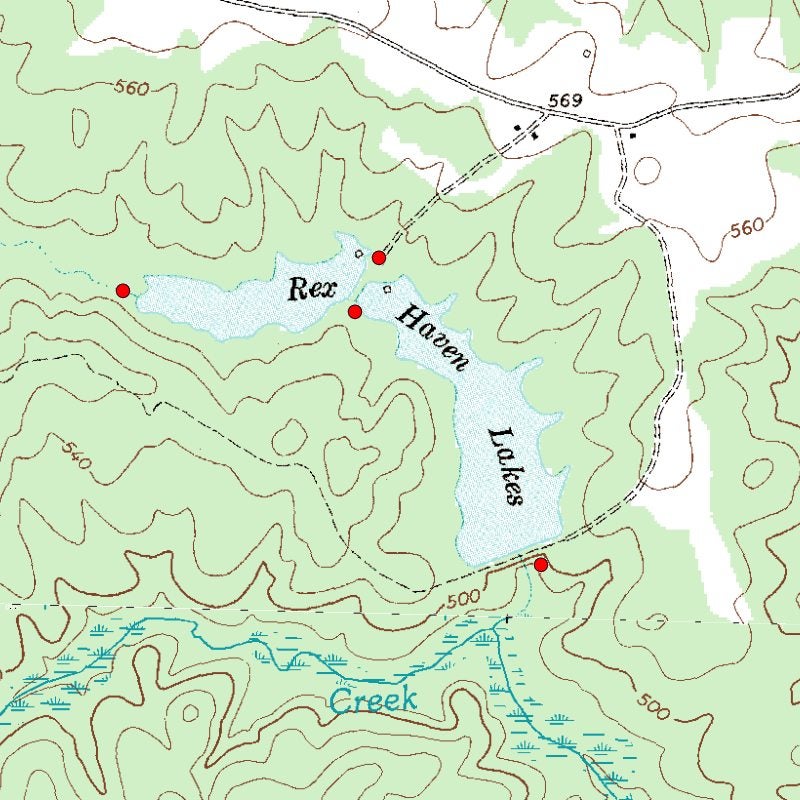Deer Hot Spot: Lake and Pond Barriers
Bob McNally 11.04.15

Anything in deer timber that inhibits animal passage has the potential to concentrate where whitetails walk, thus making them vulnerable to hunters. A lake or pond shore is just such a barrier, and it can offer outstanding tree stand hunting spots for observant sportsmen.
Top whitetail hunter Terry Head of Oklahoma City has collected many great bucks by hunting lake and pond shores. Some of his best stand spots are well off access roads, near large lakes, or where multiple ponds and lakes form a labyrinth of timber between them that deer must navigate during their daily travels.
“Lake edges are some of the best spots hunters can scout for well-used deer trails, especially during the rut when bucks travel far and wide looking for hot does,” Terry says. “Locate a ravine or creek feeding into a lake, and it forms a kind of ‘T-shaped’ funnel that deer instinctively follow. A stand placed within shooting range of the ravine and lake merger, with the wind blowing from the trails to the hunter, is a great stand location.”
In rural areas where small farm ponds and woods lakes are in good supply, a region where two, three, or more lakes are located in close proximity can be a heaven-sent hot spot for deer hunters. Using aerial photographs and topographic maps is helpful in locating such spots, since they give hunters a good overview of land. Such maps are helpful even to archers very familiar with hunting property.
Narrow lanes or wooded passes between lakes can be important bottlenecks for deer travel, thus making them exceptional places for stand placement. The tip or end of a lake or pond can be a special hot spot, since deer skirt the water barrier at a well-defined location, like below a pond dam.